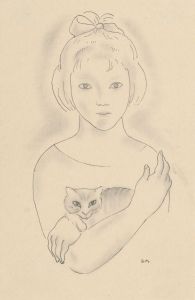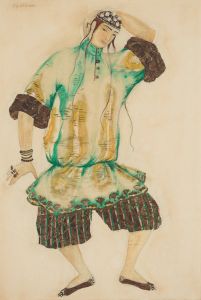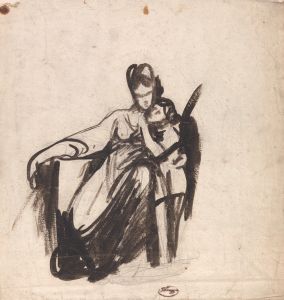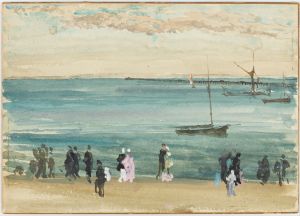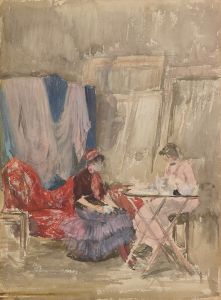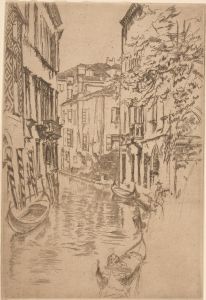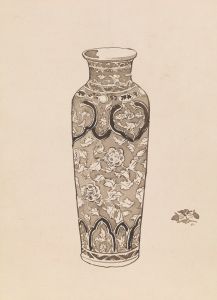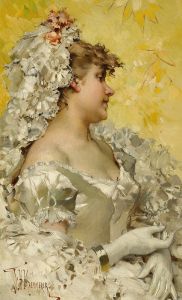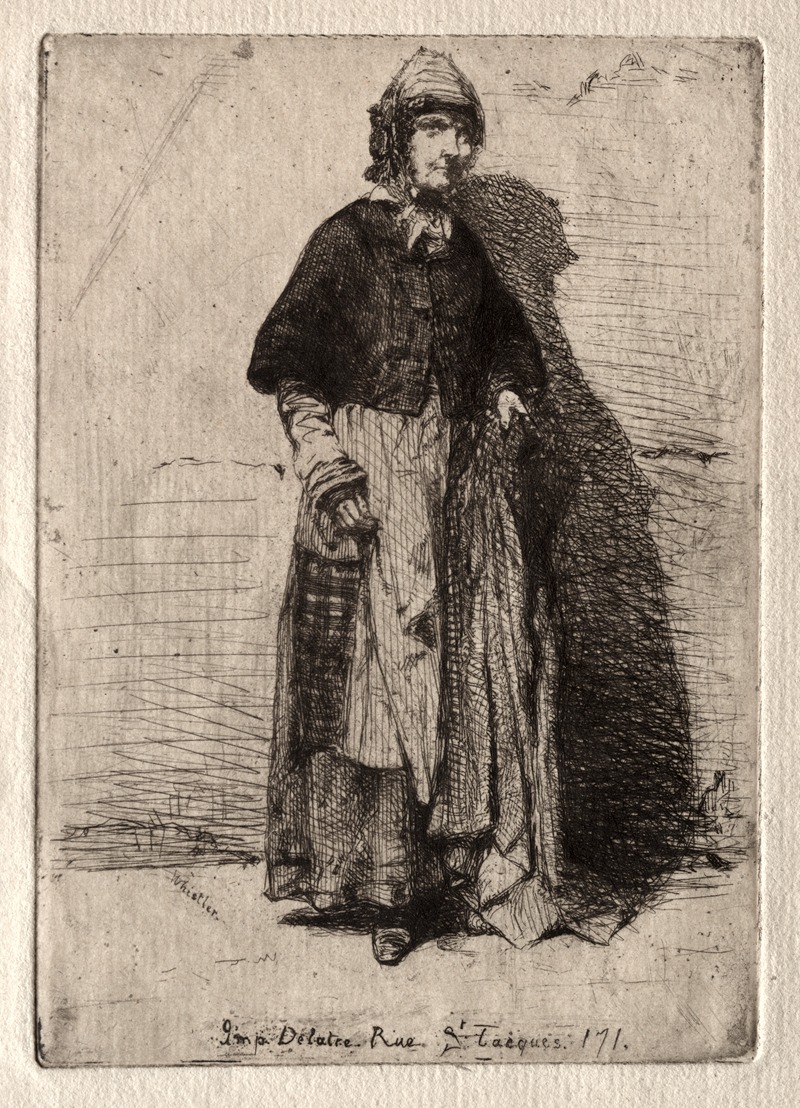
The Mother Gerard
A hand-painted replica of James Abbott McNeill Whistler’s masterpiece The Mother Gerard, meticulously crafted by professional artists to capture the true essence of the original. Each piece is created with museum-quality canvas and rare mineral pigments, carefully painted by experienced artists with delicate brushstrokes and rich, layered colors to perfectly recreate the texture of the original artwork. Unlike machine-printed reproductions, this hand-painted version brings the painting to life, infused with the artist’s emotions and skill in every stroke. Whether for personal collection or home decoration, it instantly elevates the artistic atmosphere of any space.
James Abbott McNeill Whistler's painting, commonly known as "Whistler's Mother," is officially titled "Arrangement in Grey and Black No. 1." This iconic work was completed in 1871 and is one of the most famous paintings by the American-born, British-based artist. The painting is renowned for its austere composition and the subtle interplay of color and form, which exemplifies Whistler's interest in tonal harmony and his belief in "art for art's sake."
The subject of the painting is Whistler's mother, Anna McNeill Whistler. She is depicted seated in profile against a simple, gray-toned background, dressed in a black gown with a white lace cap and collar. Her hands rest gently on her lap, and her expression is calm and contemplative. The composition is marked by its simplicity and restraint, with the focus on the sitter's serene presence and the harmonious arrangement of shapes and colors.
Whistler's approach to this portrait reflects his interest in the aesthetic movement, which emphasized beauty and visual harmony over narrative content. The painting's title, "Arrangement in Grey and Black No. 1," underscores Whistler's focus on the formal elements of the work rather than the identity of the sitter. This approach was somewhat unconventional at the time, as portraits typically emphasized the subject's identity and status.
The painting was first exhibited at the 104th Exhibition of the Royal Academy of Art in London in 1872. Initially, it received mixed reviews, with some critics appreciating its subtlety and others finding it too stark and unconventional. Over time, however, "Whistler's Mother" gained recognition as a masterpiece of portraiture and a quintessential example of Whistler's artistic philosophy.
"Whistler's Mother" is housed in the Musée d'Orsay in Paris, where it has been part of the collection since 1891. The painting was acquired by the French state after being exhibited at the Paris Salon, reflecting its growing appreciation and influence in the art world. Today, it is celebrated as a symbol of motherhood and an enduring example of 19th-century portraiture.
The painting has also become an iconic image in popular culture, often referenced and parodied in various media. Its stark composition and the dignified presence of the sitter have made it a subject of fascination and reinterpretation, contributing to its status as an enduring cultural icon.
Whistler's innovative approach to portraiture and his emphasis on aesthetic principles have had a lasting impact on the art world. "Whistler's Mother" remains a testament to his artistic vision and continues to be studied and admired for its formal beauty and emotional depth.






